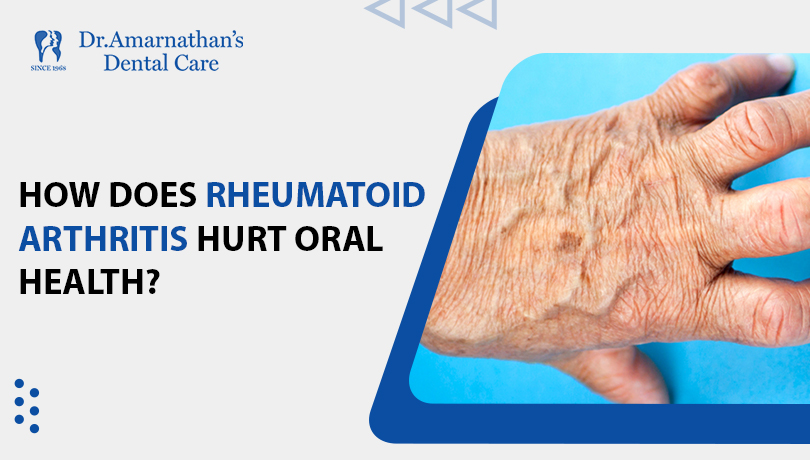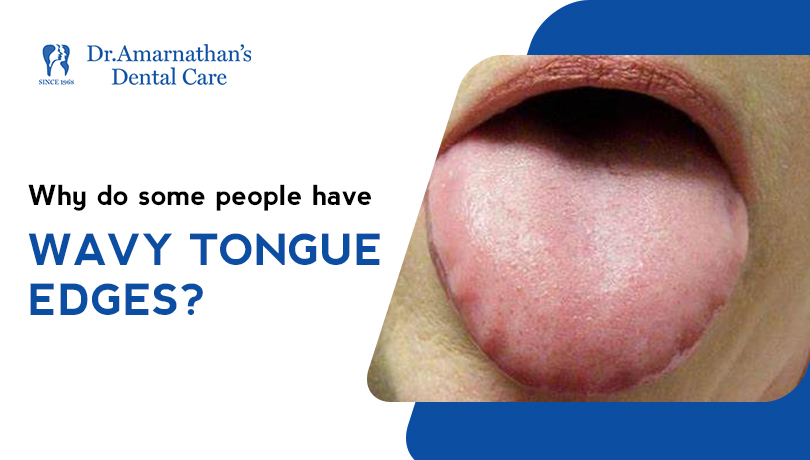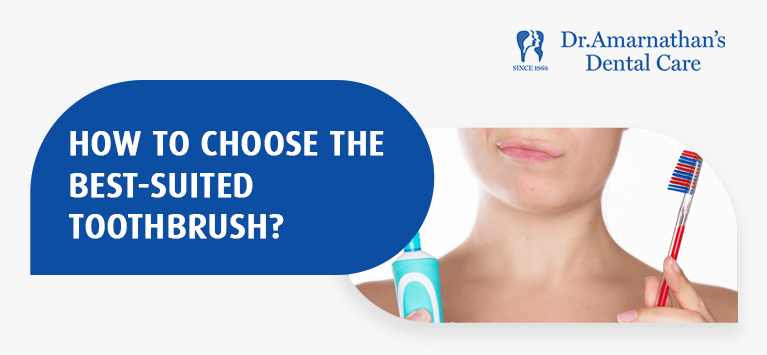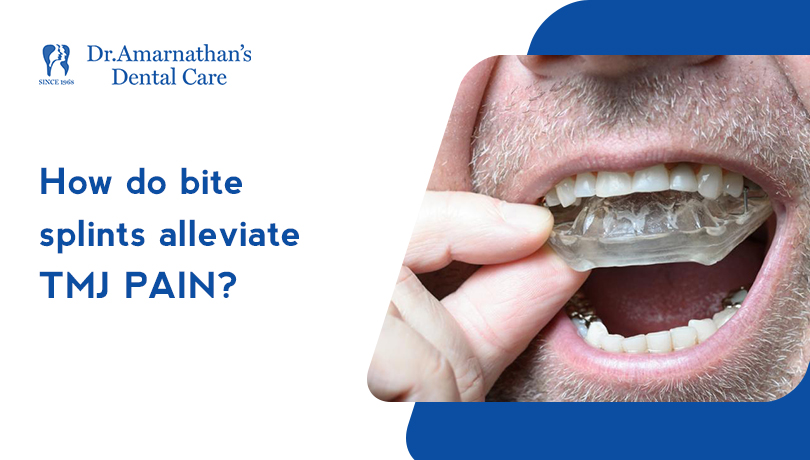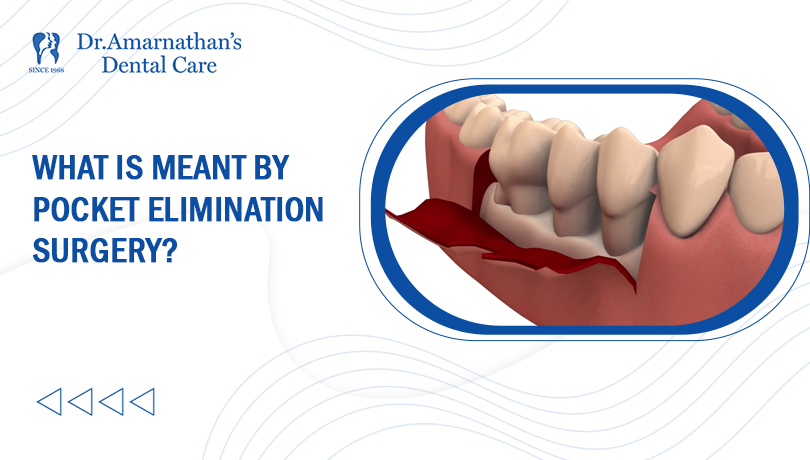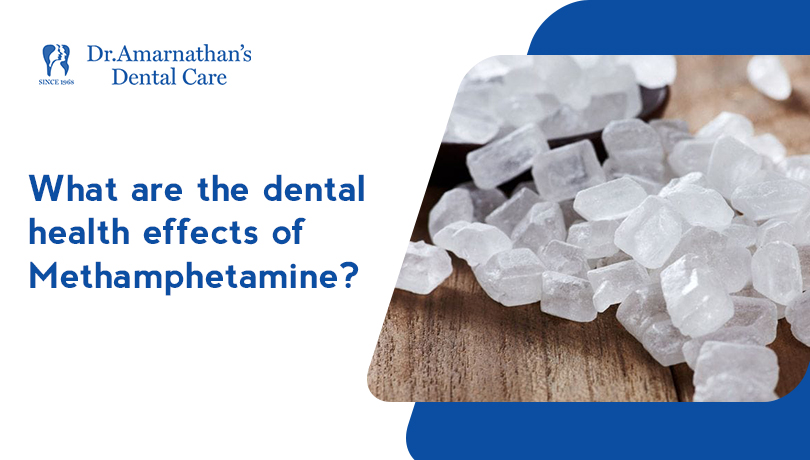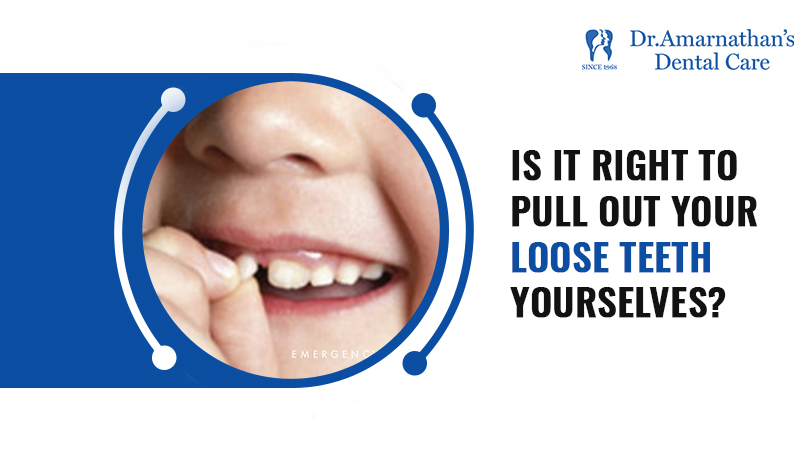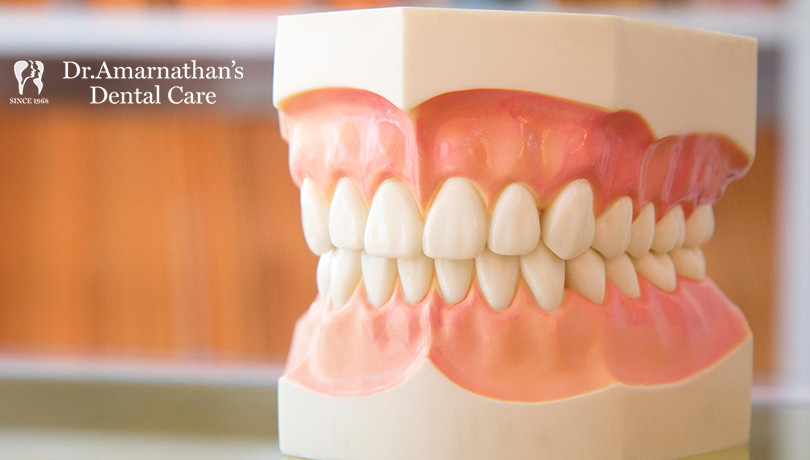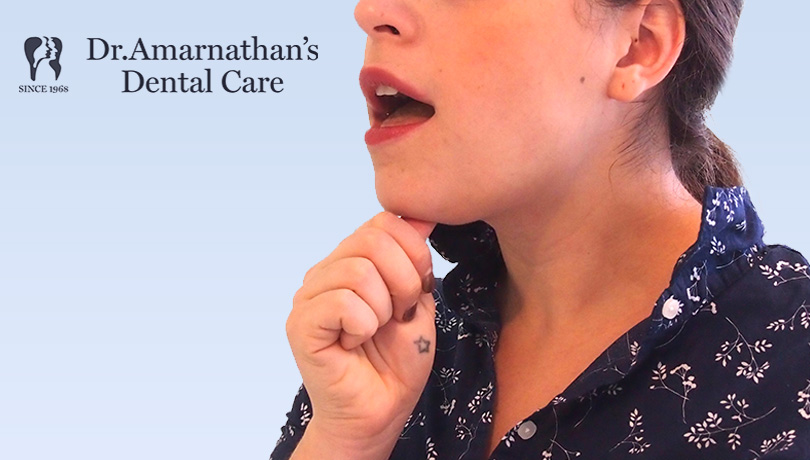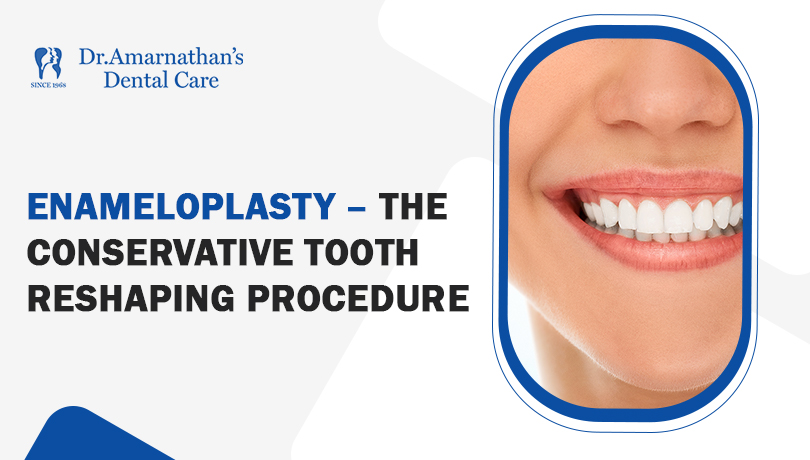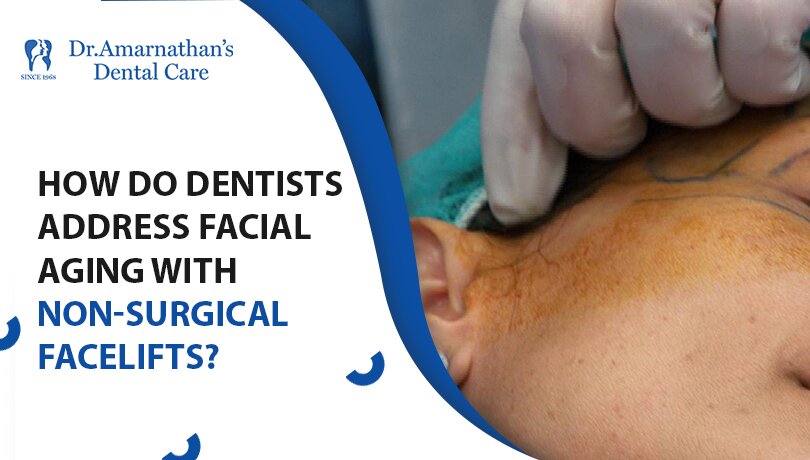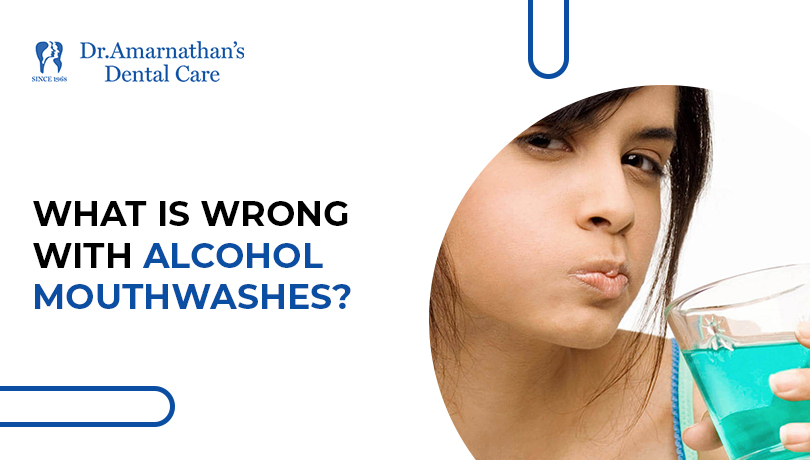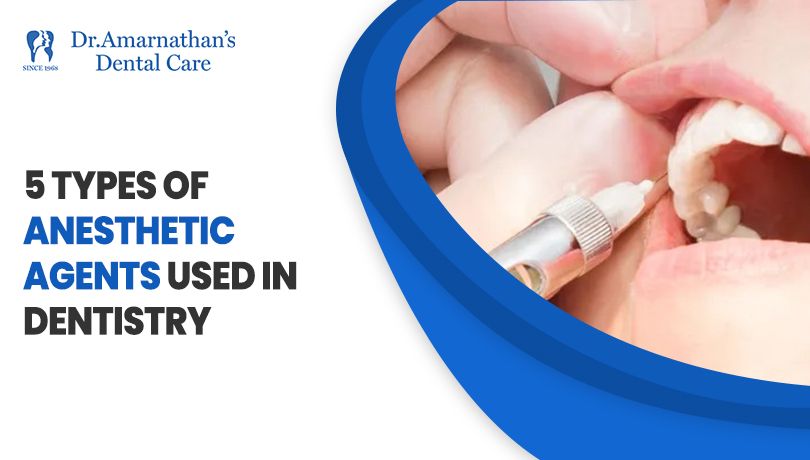
5 types of anesthetic agents used in dentistry
The oral tissues are soft and sensitive, stimulating painful sensations during dental work. This is the reason why many people fear and skip oral surgical procedures. You might have come across at least one dental anxious person. Right?
Dental treatments are now pain-free and anxiety-free, thanks to anesthetics. Most dental procedures are performed after administering anesthesia or sedative solutions to the patients. Once dental anesthesia is injected, it inhibits people from sensing pain in certain areas of the mouth for a few hours. Dental anesthesia ensures patients can stay relaxed and feel painless.
Dentists use different kinds of dental anesthesia, and each one has a unique effect. Contrary to what many people think, dental anesthetics are safe and do not have any side effects. We have explained the different types of anesthetic agents commonly used in dentistry.
What are the different types of anesthesia used in dentistry?
1) Local anesthesia
Local anesthesia can be defined as a numbing agent that is injected directly into the affected area. In most cases, it is injected into the gum line. Dentists prefer local anesthetics for quick, minor dental surgical procedures like Cavity fillings, Root Canal Treatment, Dental Scaling, and fixing dental crowns. Once the local anesthesia is administered, it will block the nerves that carry the sense of pain so that the mouth tissues are numbed.
You will remain awake throughout the dental work, but you will sense only the pressure of dental tools.
Similar to injectable anesthetics, topical anesthetics are also available in the form of gel, ointment, cream, and spray are also available. They are highly useful as home remedies for oral illnesses like mouth sores.
2) Nitrous Oxide
Nitrous Oxide, popularly known as “Laughing gas,” is highly preferred when a patient needs a quickly reversible anesthetic agent. It is a moderate analgesic combined with local anesthesia, given through a mask.
When you breathe nitrous oxide, you will stay awake without pain until you wear the nosepiece. It means you will return to normal once the mask is removed.
3) Oral Sedation
Oral sedation reduces the activity of the brain parts that regulate fear and anxiety. It can provide minimum to deep sedation depending on the dosage provided. The minimum level of sedation can make you semi-conscious, whereas the mid-level sedation is quite stronger than laughing gas. When the sedation is deep, you will fall asleep.
Generally, oral sedatives are provided at least one hour before the procedure and can last a few hours. It can be taken as a pill or fluid, apart from being injected by a dental doctor. Oral sedation is commonly used in treating children and for those who are too anxious about dental treatments.
4) IV Sedation
Dentists inject IV sedation for those who need more painful dental procedures. Unlike other kinds of anesthetic agents, this sedation is administered intravenously (i.e.) injected through an intravenous line in a person’s arm.
It reacts quickly and keeps the patient in a semi-conscious state. Even though the patient is unaware of the surroundings, they can respond to verbal commands. It is a strong analgesic, making the person drowsy for many hours.
5) General anesthesia
General anesthesia involves administering a higher dose of sedation intravenously. It makes a patient falls asleep completely throughout the procedure. Similar to IV sedation, it also takes several hours to recover and provides little memory regarding the procedure performed.
Dentists do not inject general anesthesia often, but it is required for more extensive oral surgical practices like fixing multiple dental implants, full mouth rehabilitation, etc.
How long does it take to recover from dental anesthesia?
As mentioned earlier, each sedative agent performs differently, so the time taken for them to wear off also varies as follows:
- Local anesthesia – 4 to 5 hours
- Oral sedation – 3 to 4 hours
- Nitrous Oxide – 2 to 5 minutes
The dosage of sedation administered for IV sedation and General anesthesia can be actively controlled by dental doctors. Hence, the time taken to wear off these sedative medications varies with the dosage.
Bottom line
Anesthetic medications or sedation drugs help to ease the pain and guarantee an individual can receive a stress-free oral surgical procedure. However, dental doctors choose the right kind of anesthetic agents depending on how extensive the dental procedures are and the patient’s needs.
Such oral sedation does not cause any side effects until administered as guided. Otherwise, it provokes problems like a lock jaw, prolonged facial paralysis, sore throat, dizziness, headaches, damage to the nerve, etc.
To avert such aftereffects, get your dental dilemmas treated by highly skilled and well-trained dentists.



